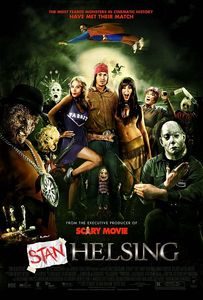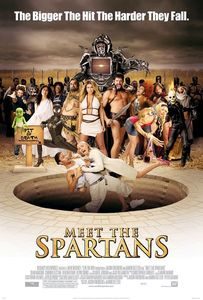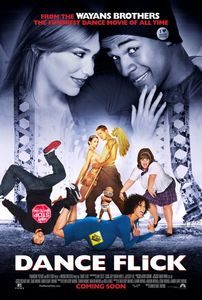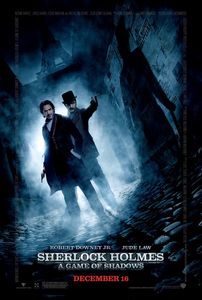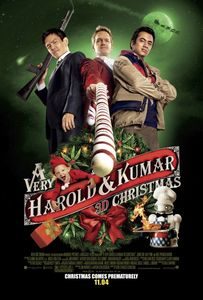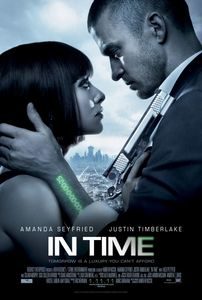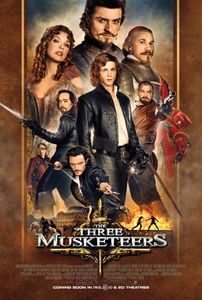Fontana Press, 1989 reprint of 1988 original, 898 pages, C$14.95 tp, ISBN 0-00-686052-4
Continuing self-education for its own sake is seldom acknowledged in contemporary North-American culture. There is a strong bias in favour of adult education if it has clear monetary advantages (ie; adult students getting degrees required for better employment) but there seems to be little to no discussion of knowledge for knowledge’s sake, simply to learn more about the world. We’re expected to perfect our knowledge of matters such as world history in High School, and never think about it again unless it’s somehow part of our jobs.
Nice theory, but if you’re a product of the modern education system, chances are that world history wasn’t your most compelling subject. You probably learned about history as it led to the state of your country, with next to no overview about what else happened in the world at the time. That’s… not ideal, but neither is it one of the big scandals of our society. History, it can be argued, can’t be fully appreciated by individuals who scarcely have any sense of antecedents. High School students barely have a past of their own –how can they be expected to think of civilizations are entities lasting hundreds of years?
This ties into Paul Kennedy’s The Rise and Fall of the Great Powers insofar as it remains, even nearly twenty-five years later, one of the best and most readable overviews of world history between 1500 and 1988. (The book’s subtitle promises “Economic change and Military Conflict from 1500 to 2000” and that’s a fair assessment, but then there’s the important “1989 – Fall of the Soviet Empire” asterisk to consider.) This is the remedial class-in-a-book that adult readers may have been asking for, looking at world history from a very broad perspective in an attempt to contextualize the rest.
It begins by describing the world circa-1500, noting as part of its first sentence that nothing at the time would have suggested Europe’s dominant role in world affairs during the next 500 years: Barely out of the dark ages, severely backwards compared to the Ming, Mogul, Persian or Ottoman Empires, Europe wasn’t seen as a particularly interesting player. But Europe had the advantage of many smaller opposing kingdoms, all of them jockeying for dominance and nearly all of them ready for radical experiments with technology, economics and political systems. Over the next half-millennium, the intense wars played over a small territory would lead Europe to dominance over their complacent neighbors.
Of course “intense wars played over a small territory” is all of European History until 1945 and “Western Europe” is really a basket full of various empires fighting it out viciously. (For a French-Canadian, reading about European history is an exercise in cheering for either England or France as they take on the rest of the world.) The Rise and Fall of the Great Powers does an exemplary job at explaining the changing fortunes of each empire as it rises or declines, based on technological advances, enlightened policy decisions or the availability (or lack) of resources. Names from the past emerge and disappear; why is it that I was never taught about the Habsburg Empire? Who forgot to tell me about Amsterdam’s pivotal role in world affairs? Ah, and this is what happened to the Austrian Empire… and here’s why France squandered its advantages despite all the pro-French propaganda I was taught in High School.
As much as any other book I’ve read this year, The Rise and Fall of the Great Powers was a learning experience. Kennedy writes about world-spanning subjects, but does so with a witty prose style, clear explanations, solid documentation and well-developed theses. It took me much longer than usual to page through the book, but I don’t regret a moment of it.
The weaker portion of the narrative follows World War 2, as Kennedy studies Cold War history and engages in nearly a hundred pages’ worth of predictions regarding the world’s circa-1988 power blocks. It’s duller because it’s more familiar, but I should note that much of his predictions seem spot-on nearly a quarter of a decade later. Kennedy isn’t particularly optimistic about Japan’s chances (something that economic crises and demographic implosion have since confirmed), is bullish about China (confirmed), thinks well of Europe’s chances as a unified power block (damaged by 2011’s Euro crisis, but still very much the case), is pessimistic about the Soviet Union (confirmed in spade by is implosion two years later) and is cautiously bullish about the United States.
That last statement unpacks a bit with nearly 25 years’ worth of hindsight. After considering half a millennium’s worth of history, readers may look at the invasion of Iraq and the United States’ current fiscal problems as a chilling demonstration of the kind of imperial overreach that have doomed empires before. You can make a case that resource acquisition, at least in 2003, was behind the US actions in the Middle-East; you can also now make a case that like many empires before (or, ahem, during the Vietnam war), the US severely over-extended itself in a doomed attempt to secure its vital resources. Kennedy, by 1987, was already predicting the end of the bipolar world in favour of geopolitics with several competing power blocks and it’s hard not to use the hindsight offered by his book as further evidence that this is happening. It’s even possible that, having weakening itself through an entirely optional military adventure, the US has hastened its ongoing decline vis-à-vis other power blocks.
So it is that by the time I re-emerged from The Rise and Fall of the Great Powers, eyes blinking in the sunlight, I felt as if I had crammed a semester’s worth of world history and written a paper on the topic. The kind of heady sensation isn’t the only reason to keep on learning new things, but it’s near the top of the list.
